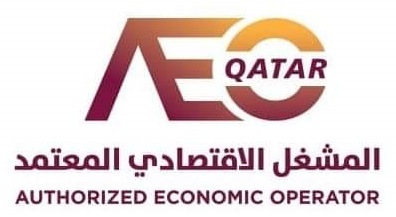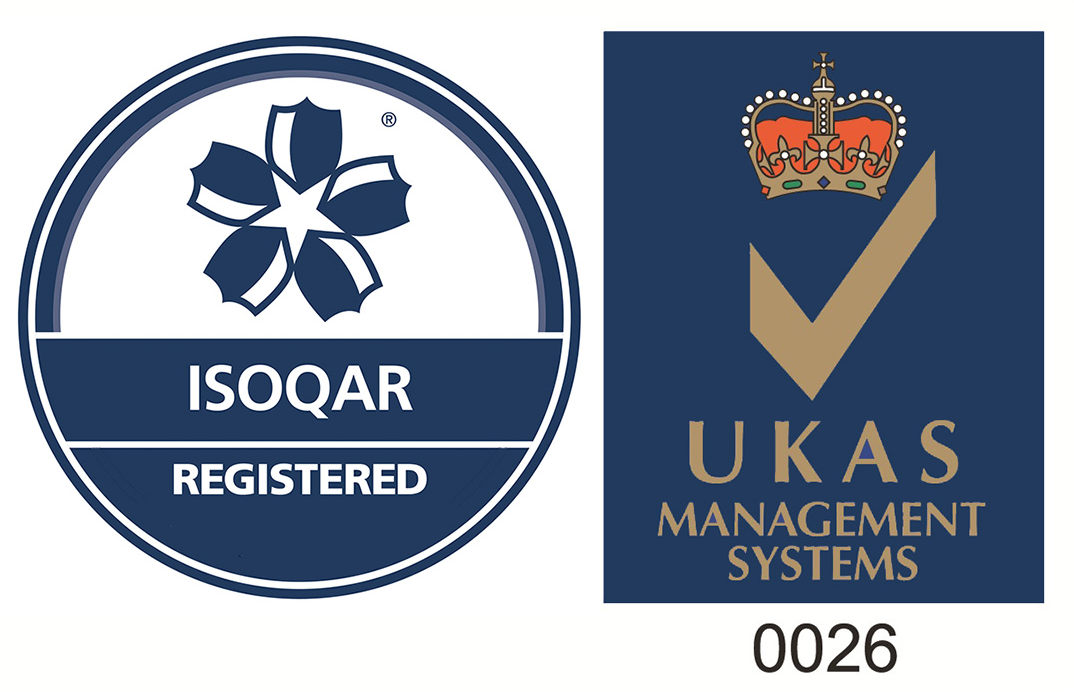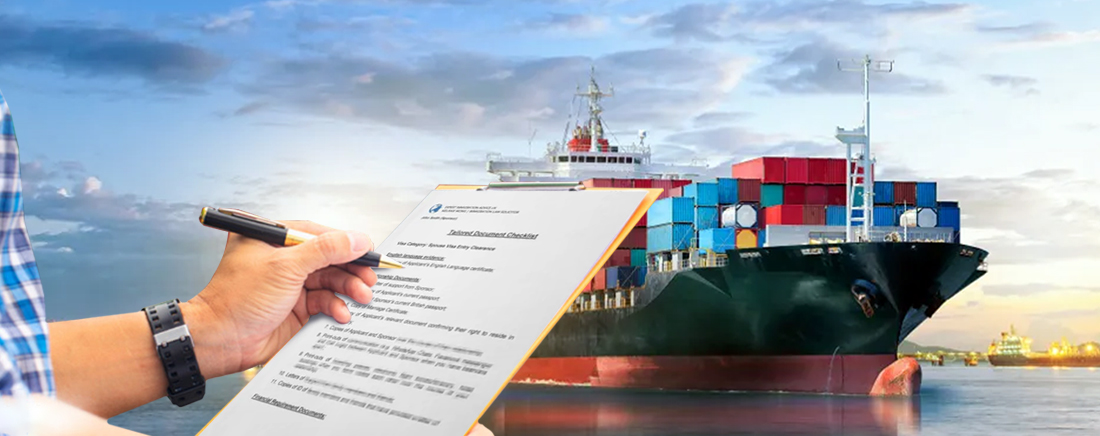In this era, International trade has made every nation interconnected. And this also made them more dependable to each other than ever before. Now the shipping process has become more organized, to trade or to relocate goods to other countries. You might find it complicated and expensive in the beginning, but the process remains the same. There were always some basic documentations that one needed to meet that abided by the regulations of an exporting nation and that of importing one.
Here we are going to discuss the documents that you will need to cover before exporting your goods to other countries. These are some general documents that you might find necessary in almost every nation from the past 20 years. At the beginning of the shipping process, the slowdown occurs due to non-compliance and mistakes that generally takes place. And so to make it easy for you to arrange all required documents in order, we come up with the following content. These are the documents that you should be mindful of before executing for exporting your goods or even for international relocation:
1. Air Waybill:
These are the legitimate bills that are issued for exports by carriers that are supposed to be shipped by air. These are valuable documents that are mandatory as when the shipment arrives at the airport, all sets of documents are immediately scrutinized by an assignee or customs broker for customs clearance. Then only the goods are allowed to be delivered.
All documents must be arranged in order and the air waybill especially will be reviewed precisely. If any hazardous goods are being shipped here, then they must be verified and noted in the Air waybill to notify authorities.
2. Bill of Lading
This is a contract made between the owner of the goods and the carrier. And it can be distinguished in terms and types by the mode of transportation.
Say for instance, in the case of inland transportation, an inland bill of lading will be the first document required for any international shipping from the exporter side. This type of contract can be created either by you or your inland carrier. This contract between the exporter and the shipper can also be used as your receipt that confirms your goods have been picked up.
While on international shipment, the inland bill of lading is not directly consigned to the buyers. Instead, it is consigned (directly or indirectly) to the carrier that is responsible for moving your goods internationally. As mentioned prior, that it could be indirectly consigned to the carrier, which means that the contract could be consigned to any third party who will eventually consign the goods to the carrier. This can be a forwarder or even a warehouse. These contracts are also termed as negotiable Bill of lading.
And in the case of an ocean vessel, the ocean bill of lading is the legitimate document here. This type of lading bill can be served as both a document of title and a contract of carriage for the cargo. Here it is termed as the Straight Bill of Lading. This contract is non-negotiable and the consignee could take direct possession of the goods, by just signing the original bill of lading to the carrier.
3. Commercial Invoice
It’s a bill for the goods that are going to be transferred to the buyers. This invoice is not at all similar to the accounting invoices that companies use for domestic orders. This invoice is not something that gets generated by the ERP system. These are provided by the sellers to the eventual buyers, containing details regarding shipment so that the receiver ensures about it upon its arrival.
These invoices are also important for sellers to have their shipments quickly cleared. It’s a kind of declaration on behalf of the exporter.
Things start when an exporter sends a proforma invoice to the receiver. And once their international prospect affirms, the exporter will be preparing goods for shipment. This preparation, after receiving the order, also contains certain paperwork which will accompany the goods. In these documents, the commercial invoice is an important one to be considered.
The commercial invoice includes details of the complete export transaction from the beginning. It must match the details given in the shipper’s letter of instructions.
While having a commercial invoice, the receiver will have additional information such as order number, purchase number, or any reference number, banking, or payment details. One could also have marine insurance information in this invoice.
4. Certificate of Origin
Some countries ask for it, this matters most when countries are engaged in some kind of duty-free or free trade agreement program. For example, consider the USMCA (United States-Mexico-Canada Agreement). It was the trade agreement signed between the U.S, Mexico, and Canada, which will make their goods eligible for reduced duty rates while getting imported to other party countries in the agreement.
There is always some kind of duty charges for imported goods. But some countries engage themselves in some kind of bilateral or multilateral trade agreements that could ease the business relations among the nations. In such cases, the goods that arrive at the port or receiver must be able to recognize their origin. For that goods must be accompanied with a document named the certificate of origin. This certificate is usually signed or/and stamped by some semi-official organizations such as the country’s consulate office or a chamber of commerce. This document is very important, even if the country of origin information is mentioned on the commercial invoice.
This process is although time-consuming, but it’s a crucial task, and now this has been advanced by the availability of electronic certificates of origin (eCO) for their shipments. An eCo would be a quicker option, that would allow the option of delivering the certificate of origin electronically to the importer and simultaneously registered with the International Chamber of Commerce, adding to its credibility.
5. Certificate of Conformity
For certain kinds of manufactured goods to be shipped, it becomes necessary to arrange a certificate of conformity for them. This is mandatory documentation that assures the consignee at the receiving port, that the goods have been tested by an authorized third party (recommended by receiving country).
Then it’s the exporter’s responsibility to ensure that its products are meeting the requirements of the country the products are being shipped to. “A freight forwarder will confirm that the documents are compliant with the shipment’s certificate of origin, but will not administer the certificate,” says Fong.
Some countries will usually put forward certain clauses before having shipment to their pots. One of them would be a certificate of conformity. This certificate signifies the confirmation that the manufactured goods have been analyzed and tested by an authorized third party before their shipment. This is mandatory for certain countries, that the products must be tested in by their requirements. A good freight forwarder will confirm whether such certification has been arranged and comply with the certificate of origin. But it’s solely the exporter’s responsibility to ensure that their products are tested according to the prescribed standards.
6. Export Packing List
The export packing list is way more informative than any standard domestic packing list. This packing list identifies the goods in the shipment, which will include details such as gross weight, dimensions of the packages, and even the type of packages like whether it’s a drum or carton, crate or box. This list will identify even the markings made on each package, and will also prescribe special instructions, to ensure its safe delivery to their destination.
All experienced freight forwarders are well aware of its importance. They use this document for preparing bills of lading for the shipments. They avail themselves of a digital copy of an export packing list and commercial invoice to clear shipments through customs clearance.
This document will also come into use as a supporting material if any event of disagreement occurs between the carrier and the exporter. And to file an insurance claim this document is always asked.
7. Export License
This is one kind of government-authorized document that exporters must arrange for the shipments of their goods. Your freight forwarders will always ask for this license if you are exporting specific goods at a certain quantity to a particular destination. Most of the countries ask for this document, and some may require it only under special conditions. Generally, items like aircraft parts, fertilizers, munitions are some of the examples that will require such export license for their shipments.
8. Dock/Warehouse Receipt
This receipt is some kind of proof that your order is shipped by the carrier with accountability, and you can sue the carrier or hold him/her accountable if there are any disparities in the items that have been shipped. When the carrier transfers the shipment to the shipping line at the port of embarkation, this document could be useful to ensure that the cargo is labelled correctly. The correct weight and dimensions are being labelled on them and whether they are fragile or any hazardous goods. Mainly to check whether the items at the port meet the standards mentioned in the certificate of conformity.
9. Inspection Certification
This certificate is mostly required by some countries or purchasers to ensure the specifications of the goods that have been shipped. Usually, the inspection is carried out by a third party, which are mostly independent testing organizations.
10. Insurance Certificate
On every shipment, the exporter carries the most unpredicted risks. There is always the possibility that the shipment may get damaged and the heavy loss might have to be borne. Having an insurance certificate would be the best investment, this will assure the consignee with coverage of loss if cargo during its shipment process gets damaged.
In conclusion, we would like to add that both shipping partners and internal team members must pay attention to each detail when it comes to the preparation of documents for international shipments. Being proactive about the documentation required for the export of goods will certainly minimize the risk of getting it stuck at customs departments. But will keep your goods trade smooth and easy.












